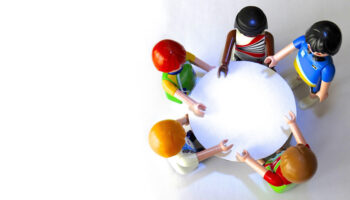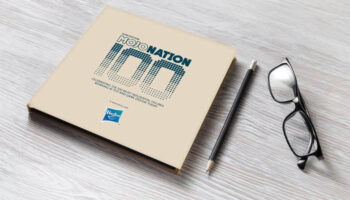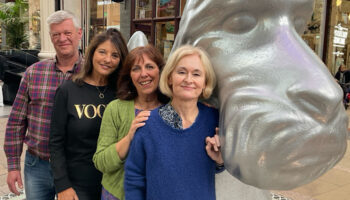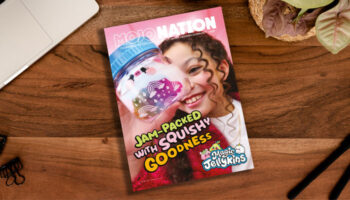Low-cost prototyping
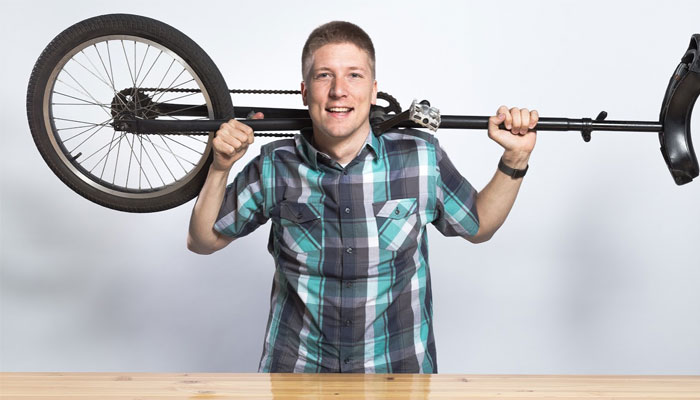
When developing a new toy or game, think about playtesting it early to prove out your concept.
Playtesting provides feedback from kids that will be your end customers. You want them to be excited and tell all their friends about your toy or game, but you also want to learn what is their favourite aspect of the idea.
Early-stage prototyping is about creating pieces to test ideas. The fine details and finishes of an early-stage prototype are not important.
But how do we know what we should invest in prototyping?
Sketching
The easiest and cheapest prototype is a sketch. It’s a great way to communicate a concept without investing significant time or money.
Here are a few examples of game sketches that convey an idea, without requiring any physical prototype. I see these sketches and my curiosity is peaked about the gameplay of each.

Think about the box cover artwork of your favourite game. Many people make a buying decision based on what was shown on the cover. The cover image shows the game and hints at the gameplay. It draws people in. A sketch can work to draw in your audience – or turn them away.
Draw your idea and show people – and don’t just run things by your friends and family. They’ll likely be nice and it may be tough to get genuine feedback. Remember, you may well need to hear some tough truths about your concept to help knock it into the most commercially viable shape!
Once you have an idea that makes sense, you can try to build a mock-up.
Mock-up Prototype
Mock-up prototypes don’t need to be refined; they can be low-quality models created with materials you might already have on hand.
In many cases, you might only need to prototype certain parts of concept. As an example, maybe you can use pieces of existing games, but prototype the game board.
Tear apart existing products to get materials for your prototype. For example, if you’re making an electronic stuffed animal, use an electronic speaker from an analogous toy, and stuff it into your new plush.
After deconstructing a product, you can easily swap out improved parts or add additional features to the existing product to best demonstrate your original idea.
There are many household objects that can prove very useful for prototyping. Here are some objects I have found useful in the past:
• Popsicle sticks for wood shape mock-ups, using white or hot glue to attach
• Toothpaste caps or buttons as game pieces
• Construction paper for card game prototypes.
• Bottle caps or jar lids make great wheels.
• Scrap electronics can be salvaged and used to test placement of buttons, batteries, and circuit boards.
• Second-hand clothing can be cut into scrap fabric to create plush toys.
• Old pillows can be used for stuffing. Glue fabric together if you can’t sew!
• Cardboard has many uses and can be found almost anywhere: a. 3D model of a boxy or even curvy organic form.
• Hot glue can be used in almost any application during the prototyping phase. Keep in mind that hot glue is easily removable from any surface (including paper) with the application of IPA (isopropyl alcohol).
• Foam can be used for rough prototyping or even creating a smooth finished form with simple knifes or sandpaper.
• If you have wood working tools, try cutting shapes from scrap lumber. Though lumber prices lately might make this an expensive option.
If you don’t have these items around the house, check second-hand stores! Thrift Stores are a goldmine of raw material for prototyping. Costs are low, and it’s good for the environment to reuse old broken toys! Reduce, reuse, recycle!
Before building your prototype, define what you need to learn and then select your prototyping means to meet that end.
Build, playtest and improve!
How can we help?
Let me know if there’s anything we can do to help you accelerate your prototyping efforts. We specialise in prototype and engineering to quickly build and test ideas; our prototyping test lab is usually busy with toy and game prototypes.
Learn more about our design and prototyping strategies at www.cove.design/learn.
—
To stay in the loop with the latest news, interviews and features from the world of toy and game design, sign up to our weekly newsletter here







